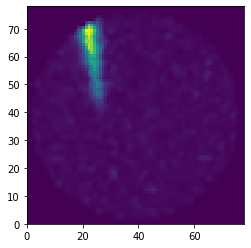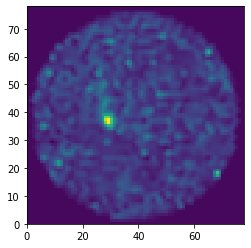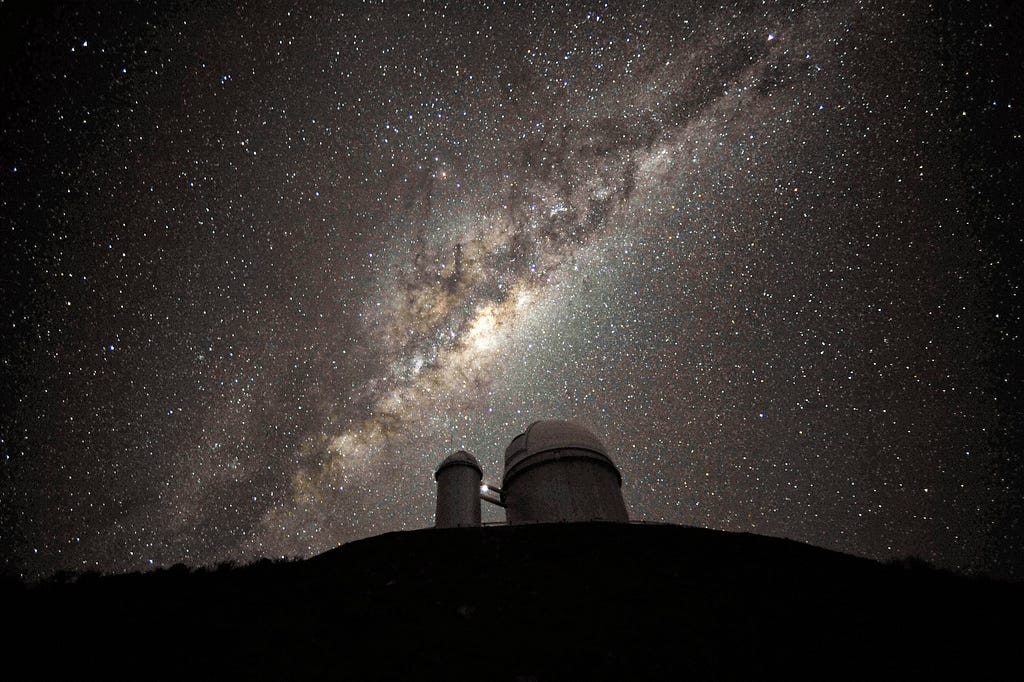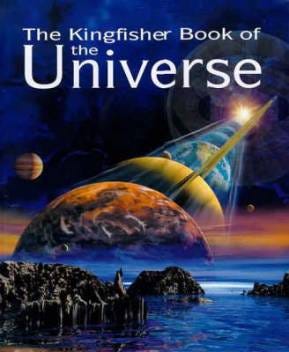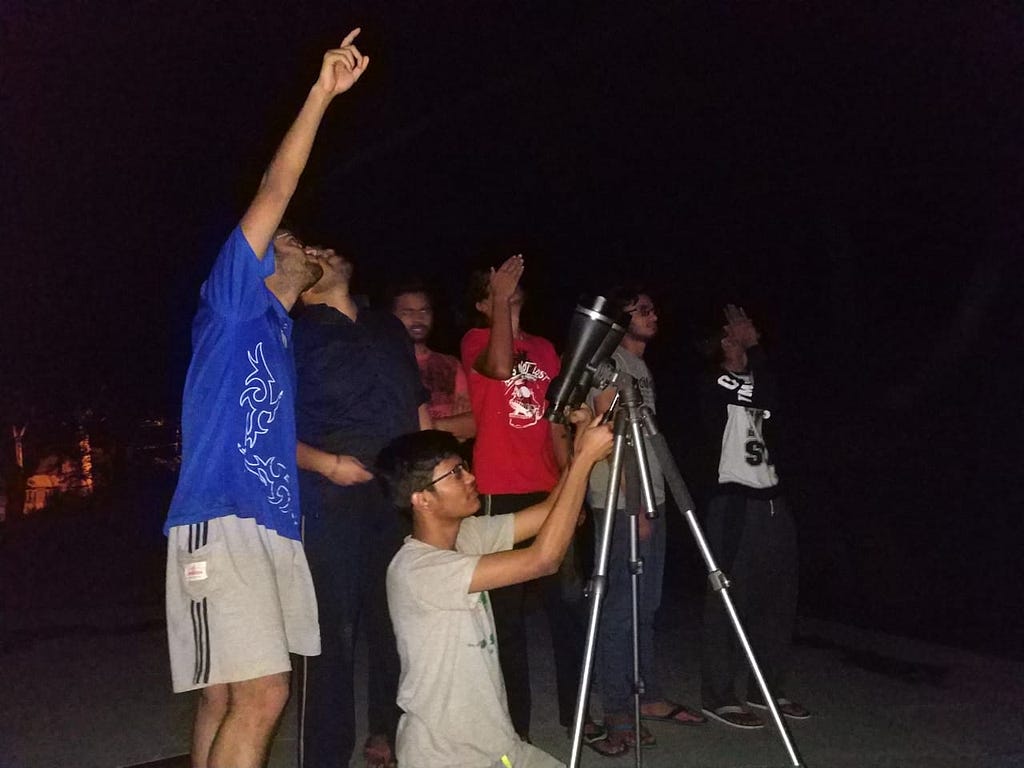GSoC 2020: Blog 1 - Beginning of Coding Period
So the community bonding period of GSoC has ended and the coding period is officially underway. In my last blogpost, I had outlined the basic principles of General Relativity that go into my project. I had also mentioned, that the next blog will have details about the coding process. However, things had to be slowed down considerably, due to the announcement of closure of my academic session and some logistical issues. This has also affected my blog schedule, as I could not work on a blog, that was supposed to be up 2 weeks ago. However, I am pleased to inform that all the issues are sorted out now, leaving the rest of the summer free for me to delve into the project. Whew. I am also exceedingly grateful to my mentors, who have been understanding throughout. As for details on the code implementation for my project, I have decided to break it up across the blogs, as "Progress Reports" (bland, I know), in order to provide a better understanding of both what I am working on and my approach to it. So, read on.
